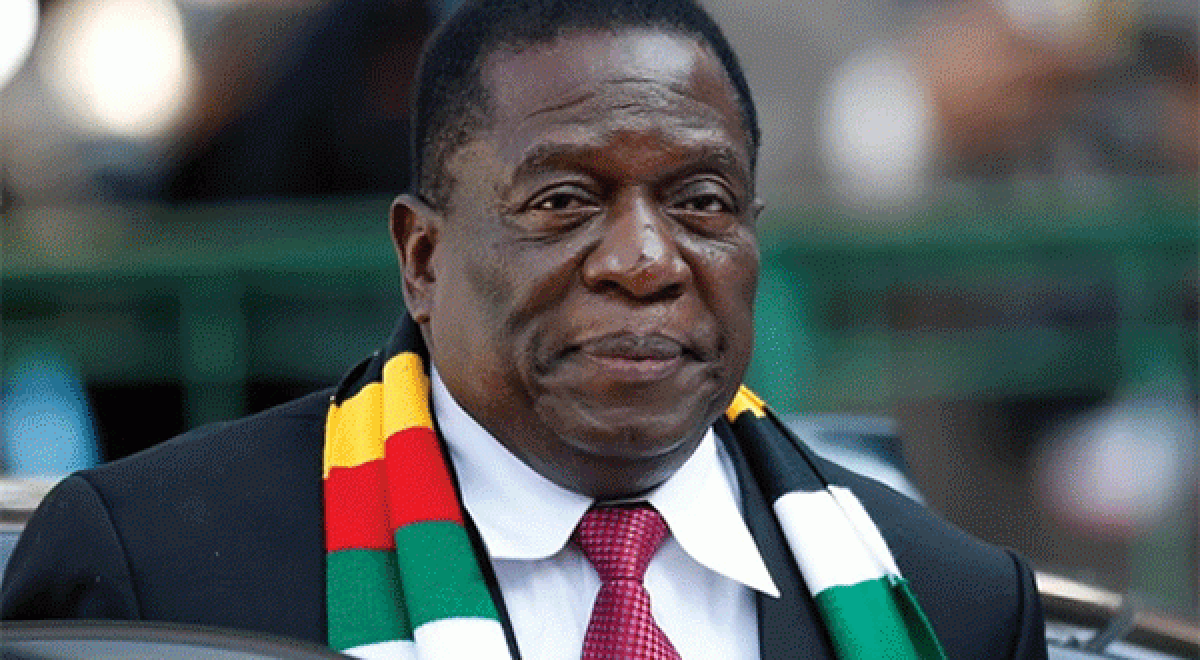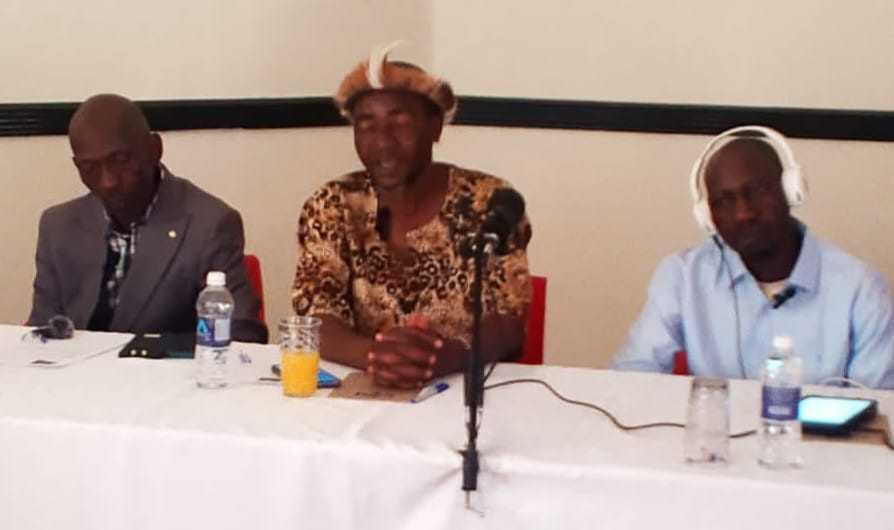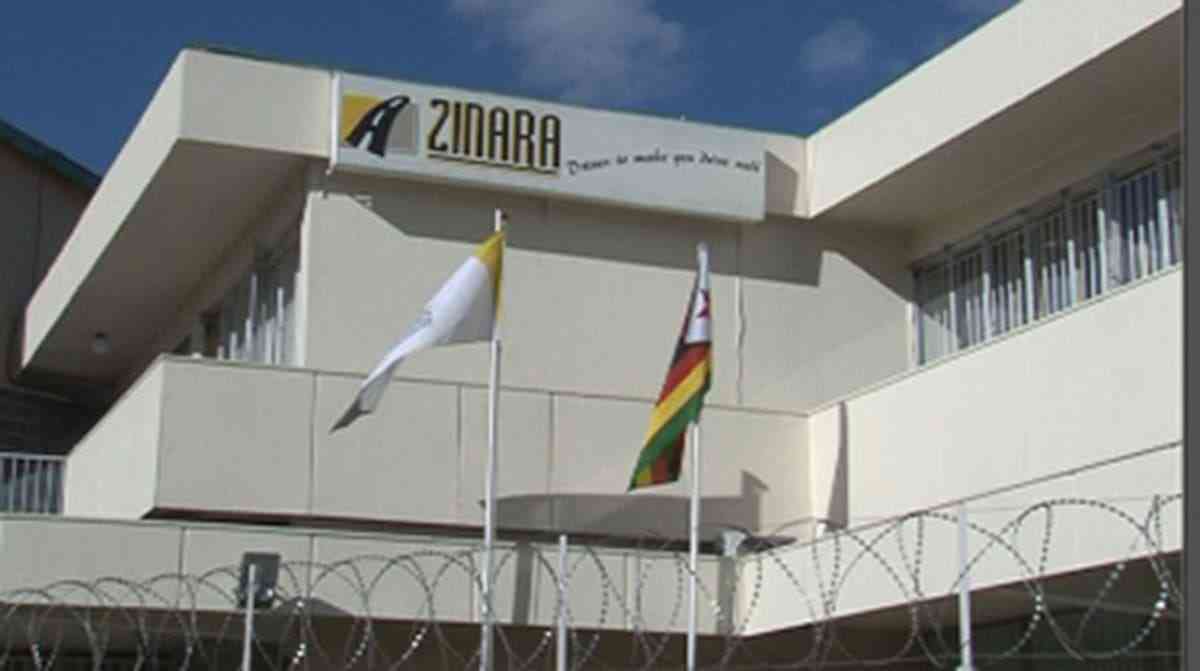
In the sparse surroundings of a former classroom on a spring day in 1991 —- a decade after the rise of Aids — a group of 12 artists gathered to discuss a new project.
They were photographers, painters, film-makers and costume designers, and they sat around in the shared gallery space known as PS122 in New York’s East Village.
Within an hour or so of brainstorming, they had come up with a simple idea that later became one of the most recognised symbols of the decade — the red ribbon, worn to signify support for people with HIV/Aids.
“We wanted to make something that was self-replicating,” says Patrick O’Connell, who chaired the meeting. “It’s extremely simple, like Bauhaus but half a century later. You cut the ribbon 6-7 inches, loop it around your finger and pin it on. You can do it yourself.”
The ribbon was the latest project by Visual Aids, a New York arts organisation founded by O’Connell that raises awareness of HIV/Aids.
When they sat down in the shared gallery space of PS122 in May 1991, they wanted to get people talking about the illness that was decimating their professional and social network, in the face of public indifference and private shame.
People were dying without even telling their friends why they were sick, and the artists wanted a visual expression of compassion for people living with Aids and their carers.
“Even in New York, we were very aware of how many people couldn’t talk about it, or were oblivious, or were going through it themselves but ashamed to talk about it,” says photographer Allen Frame, who was also one of the 12. “We wanted to make people feeling isolated more supported and understood.”
- Chamisa under fire over US$120K donation
- Mavhunga puts DeMbare into Chibuku quarterfinals
- Pension funds bet on Cabora Bassa oilfields
- Councils defy govt fire tender directive
Keep Reading
A few weeks after that first meeting, the group sent a box of 3 000 ribbons to the Minskoff Theatre on Broadway, ahead of the Tony Awards for the theatre industry. Some of them were making ribbons and watching the televised event as actor Jeremy Irons, one of the presenters, came on to the stage wearing one.
“Within three days, the media finally figured it out and it snowballed. I started being contacted by people in Hollywood,” says O’Connell.
Demand increased to such a degree that supply needed to be outsourced, and Visual Aids used a charity working with homeless women to make the ribbons. They sent out 10 000 ribbons for one Oscars ceremony, and over the coming years they made about 1,5 million.
Stars like Bette Midler and Richard Gere were not only wearing them, but openly discussing why it was important. A ribbon-sporting culture developed within the acting profession.
“It became trendy and sometimes I think celebrities felt blackmailed and thought they had to show up wearing a ribbon, which wasn’t the case,” says O’Connell. “We weren’t keeping count that way.”
The ribbons first crossed the Atlantic in large numbers on Easter Monday in 1992, when more than 100 000 ribbons were distributed at an Aids benefit concert in London’s Wembley Stadium for Freddie Mercury.
They also began to proliferate in mainstream American life. Schools and churches across the US touched by the illness started to contact Visual Aids for advice on how they could explain it to children and parishioners — the answer was to hold a ribbon-making event.
“This was a way to educate people in a non-combative way,” says O’Connell, who has a ribbon on every item of clothing. Direct action was still important, he says —campaigners occupied the Stock Exchange and tried to re-enact a funeral on the White House lawn — but the ribbon was a way to broaden the conversation.
But he and some of the other artists behind the concept believe the proliferation and merchandising of the ribbon — ornamental ribbons selling for US$19,95 in department stores and red ribbon mugs — has commercialised and trivialised their idea. — BBC News











